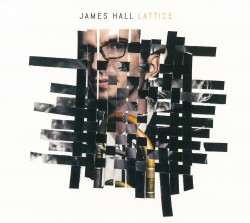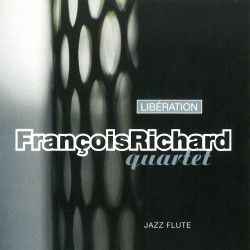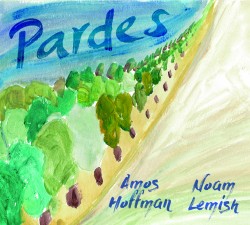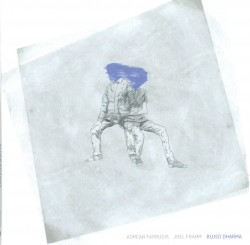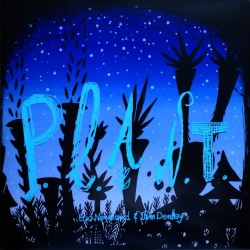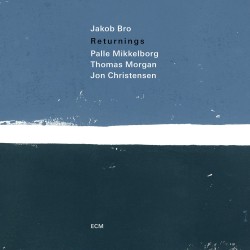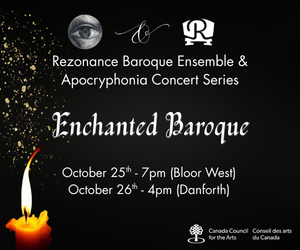No Fuss, No Muss - Kollage
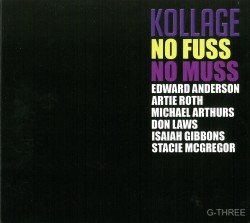 No Fuss, No Muss
No Fuss, No Muss
Kollage
G-THREE GT0012 (kollage.ca)
If Norman Marshall Villeneuve’s bands from the 1980s and 90s earned him the title of Canada’s (or at least Toronto’s) Art Blakey, then drummer Archie Alleyne (1923-2015) would certainly have been this city’s Philly Joe Jones. Dependably swinging and, or at least it seemed, often employed, Alleyne had catholic tastes and could be heard accompanying singers, hard-hitting ensembles, musical veterans or new faces alike at an unending series of clubs, pubs, Ethiopian restaurants and pizza joints. He was a major force in Toronto’s jazz community. Full disclosure, I knew and admired Archie, having worked alongside him on a number of projects. He was equally fun both on and off the bandstand and, similar to the musicians he most admired, had sly turns of phrase. If a musician had gained a few pounds since their last meeting, Archie would coyly tell them they were looking prosperous. And when he gave musical direction, not that it happened very often, it was “No Fuss, No Muss,” meaning, swinging, joyful music delivered in an authentic and non-pretentious manner without unnecessary complications.
No Fuss, No Muss is about as close to a mission statement as a jazz musician could have, and congratulations to producer/label owner Greg Gooding and the assembled cast of very fine musicians whom Archie either worked with in Kollage or supported as a mentor for their work here. This recording both continues and punctuates the hard bop legacy of Kollage begun by neighbourhood friends Alleyne and Doug(ie) Richardson. By the sound of things, their musical legacy is in good hands for many years to come.


